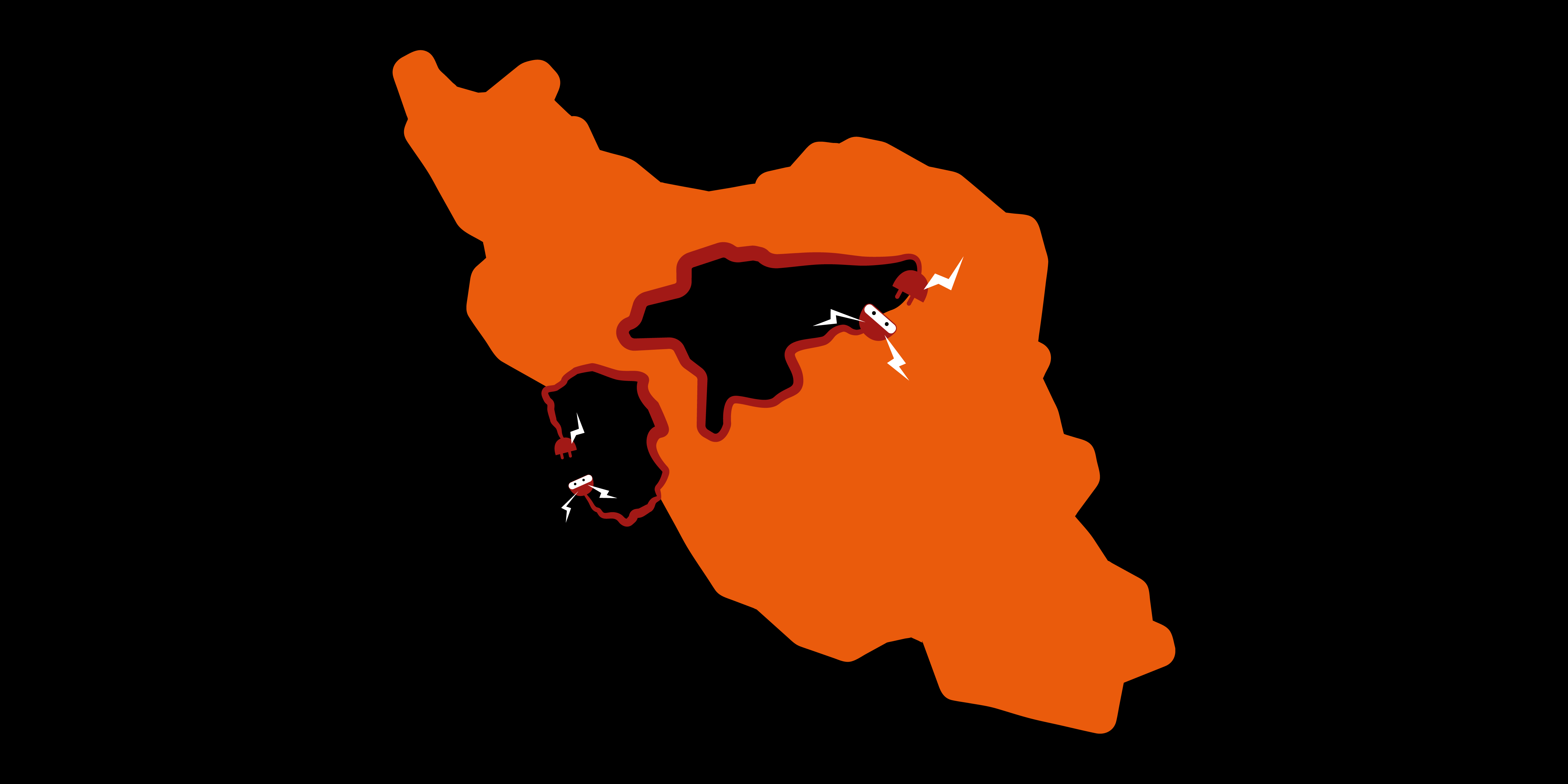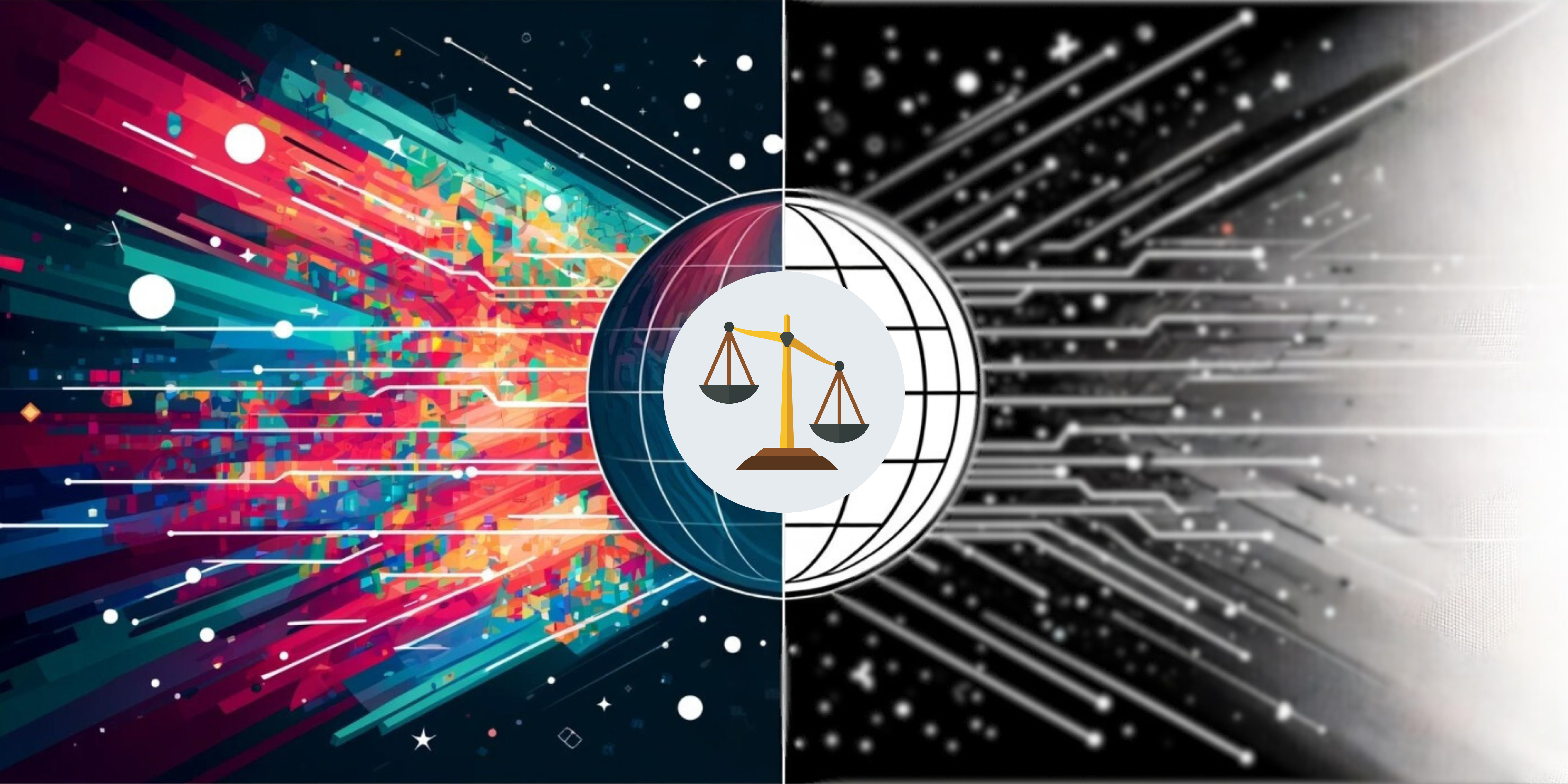Over the past three weeks, multiple protests have taken place in the central province of Isfahan. These protests – participated in by a significant number of farmers and agricultural workers – have been taking place on and around the dried-out areas of the riverbed of the Zayanderud River. The demonstrations have been staged to voice anger and frustration around authorities’ handling of chronic water shortages that have affected the province.
Zayanderud is the largest river on the Iranian Plateau, and its water is consumed in huge volumes to sustain agriculture in Isfahan province. Whereas Iranian authorities have blamed water shortages on what they call “the worst drought in 50 years,” some experts claim that government mismanagement and unsustainable development practices have played a much greater role in causing the crisis now facing Zayandehrud.
According to BBC Persian, in May/June this year, Isfahan’s Provincial Supply Council – headed by Provincial Governor – had promised to supply 250 million cubic meters of water for agricultural purposes; yet only 70 million cubic meters have been fulfilled.
The protests expanded significantly over time, with footage published of tents being erected around the Zayandehrud’s riverbed, where protestors remained camped overnight.
On 19 November, as protests continued, reports emerged of internet disruptions in Isfahan Province, though any disruptions appeared to be temporary, and short-lived.
The protests continued for another week, and the response from authorities escalated. On the evening of 25 November, the crackdown commenced, with multiple reports of security forces’ use of rubber and pellet bullets and teargas against peaceful protesters, which continued into the next day. A number of injured protesters can be seen in video footage shared by individuals at the scene. Footage has also been shared of property damage at the hands of the security forces.
As clashes between protesters and security forces escalated, a mobile internet shutdown in central areas of Isfahan was confirmed by cybersecurity and digital rights researcher Amir Rashidi. According to Rashidi domestic services via the National Information Network (NIN) were also unavailable, however, fixed broadband services were still connected, according to Rashidi, however, he added that internet connectivity appeared to be different depending on the location. People close to the centre of Isfahan near protests have reported receiving text messages from the judiciary to leave the area immediately. According to figures from Iran’s Communications Regulatory Authority (CRA) majority of Isfehan’s population rely on mobile internet to use the internet, with mobile internet penetration rates at 103.78% compared to 17.45% penetration for fixed broadband.
در محدوده خیابان پل خواجو تا سی و سه پل، برای شهروندان چنین پیامکهای ارسال میکنند و آنها برای شرکت در اعتراضها تهدید میکنند. اینترنت را هم در هر مرحلهای که نیاز به سرکوب معترضین باشد اول مختل و بعد در صورت ادامه اعتراضها قطع میکنند.#قطع_اینترنت #اصفهان pic.twitter.com/5yGgN13fqQ
— AmiR Rashidi (@Ammir) November 26, 2021
Text message from the Judicial authority for Isfahan Province asking people near the location of the protests to”leave the area immediately” due to “unrest and the possibility of harm”.
Also on 25 November, Rashidi reported that mobile internet had been cut off in the city of Ahvaz, the provincial capital of Khuzestan Province while some domestic apps and websites remained accessible. Connectivity was restored the next day on 26 November but speeds remained slow. This marks the second internet shutdown in Khuzestan Province this year, with the first being in July 2021 following water shortage protests.
اینترنت موبایل در اهواز قطع شده و فقط سایتهای داخلی را باز میکند.#قطع_اینترنت https://t.co/L7TUVd10DX
— AmiR Rashidi (@Ammir) November 25, 2021
According to HRANA on 27 November, at least 214 people were arrested during the protests in Isfahan, 13 of whom were children. Some of those arrested have been released following the seizure of their IDs and providing written affidavits and statements, while around 150 have been relocated to a variety of prisons and detention centers. According to a report by the IRGC affiliated news outlet Fars News, Police Special Units Commander Hassan Karami announced that 67 people had been arrested during the protests.
Iran Human Rights confirmed that at least 30 protestors have been hospitalised with eye injuries and at least three protesters have been killed. These figures could rise further as more information becomes available.
These tragic events come at the time of the second anniversary of Iran’s 2019 fuel price protests. The nationwide protests in 2019 were followed by a nationwide, near-total internet shutdown which provided cover for the killing of at least hundreds of protestors, and the arrest of thousands more. The recent internet shutdown in Isfahan is the sixth localised shutdown to be implemented by Iranian authorities since November 2019.
The rising number of localised internet shutdowns demonstrate just how closely linked Internet shutdowns are to the acceleration and intensification of violent crackdowns on protests. Filterwatch strongly condemns the violent response of security forces in Isfahan, which has already seen multiple protestors killed or seriously injured.




